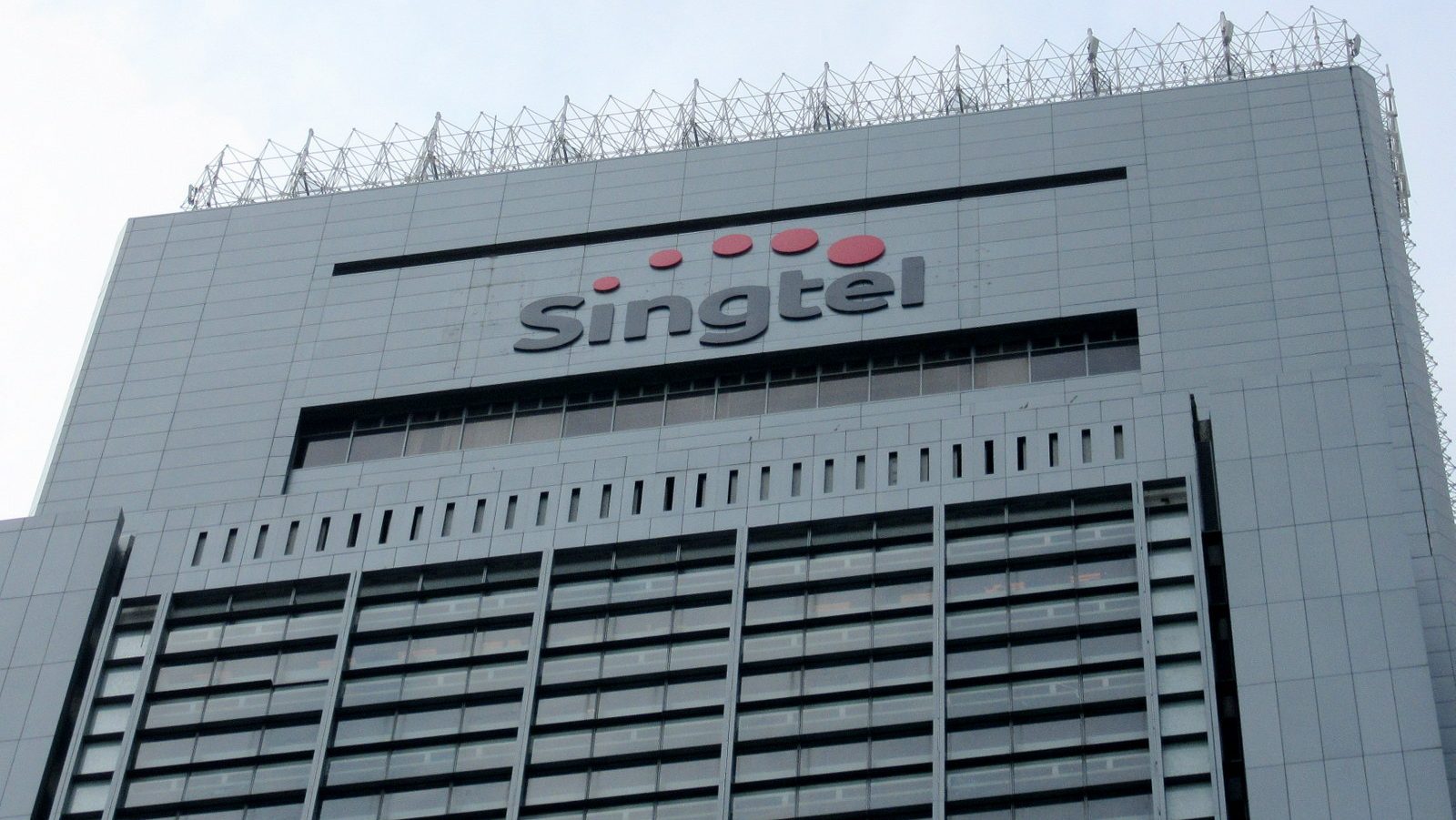SINGAPORE: The demand for data centres in Southeast Asia (SEA) is on the rise, driven by the rapid growth of artificial intelligence (AI) and digitalisation among businesses. Singtel, alongside other key players such as Telekom Malaysia, PLDT from the Philippines, and Thailand’s Advanced Info Service (AIS), is positioned to benefit from this uptrend.
According to Bloomberg Intelligence analyst Chris Muckensturm, SEA is expected to see significant increases in data centre capacity, with annual growth rates projected between 11% to 28% from 2022 to 2028, as reported by The Edge Singapore.
Ms Muckensturm highlighted these findings during a recent Bloomberg Intelligence media briefing, highlighting SEA’s appeal as an attractive investment destination. Factors contributing to this attractiveness include the region’s geopolitical stability, high internet penetration rates, and a young population that is embracing digital technologies.
Government incentives, such as tax benefits and relaxed land use regulations, further enhance SEA’s appeal for data centre investments.
The Bloomberg analyst also predicted 17% growth in the SEA data centre market over the next five years, surpassing growth rates anticipated in other regions. This growth presents a significant opportunity for Asian telecommunications companies (telcos) to diversify their revenue sources and unlock the value of their data centre assets.
“The sector is attracting lot of investments. That could essentially provide a potential rerating catalyst for telcos who are willing or looking to monetise their data centre assets,” noted Ms Muckensturm.
Recent transactions have seen data centre assets fetching valuations ranging from nine to 49 times EV/ebitda, which contrasts with telcos’ typical valuations of about 10 times.
Telcos, facing sluggish growth in their core mobile businesses, can pivot towards data centres to sustain revenue growth.
Singapore Telecommunications (Singtel), alongside Telekom Malaysia, PLDT of the Philippines, and Advanced Info Service (AIS) of Thailand, are identified by Ms Muckensturm as key players well-positioned to leverage their infrastructure for digital enterprise solutions.
The increasing capacity of data centres also plays a crucial role in the deployment of 5G networks, meeting the growing demand for data-intensive applications among corporate clients.
Moreover, SEA’s role as a gateway for hyperscalers, major providers of cloud services, connecting international traffic is expected to benefit telcos significantly.
Collaborations between telcos and cloud service providers such as Amazon Web Services, Google Cloud, and Microsoft Azure could integrate advanced edge computing and AI capabilities, enhancing service offerings and revenue potential for telcos.
Ms Muckensturm also highlighted that such partnerships could potentially drive double-digit revenue growth in telcos’ enterprise business in the near term. However, she cautioned that hyperscalers wield considerable pricing power, which could squeeze telcos’ margins, particularly as more providers opt for shorter-term contracts and expand their own facilities.
On June 18, Singtel’s regional data centre arm, Nxera, announced a joint venture with Telekom Malaysia to develop data centres in Malaysia. Additionally, Singtel plans to invest S$1.75 billion in ST Telemedia Global Data Centres (STT GDC) through a consortium led by KKR, a global investment firm, aimed at boosting STT GDC’s international expansion and growth plans.
The investment, structured with redeemable preference shares and detachable warrants, aims to strengthen STT GDC’s market position and support its strategic initiatives in SEA and beyond. /TISG

